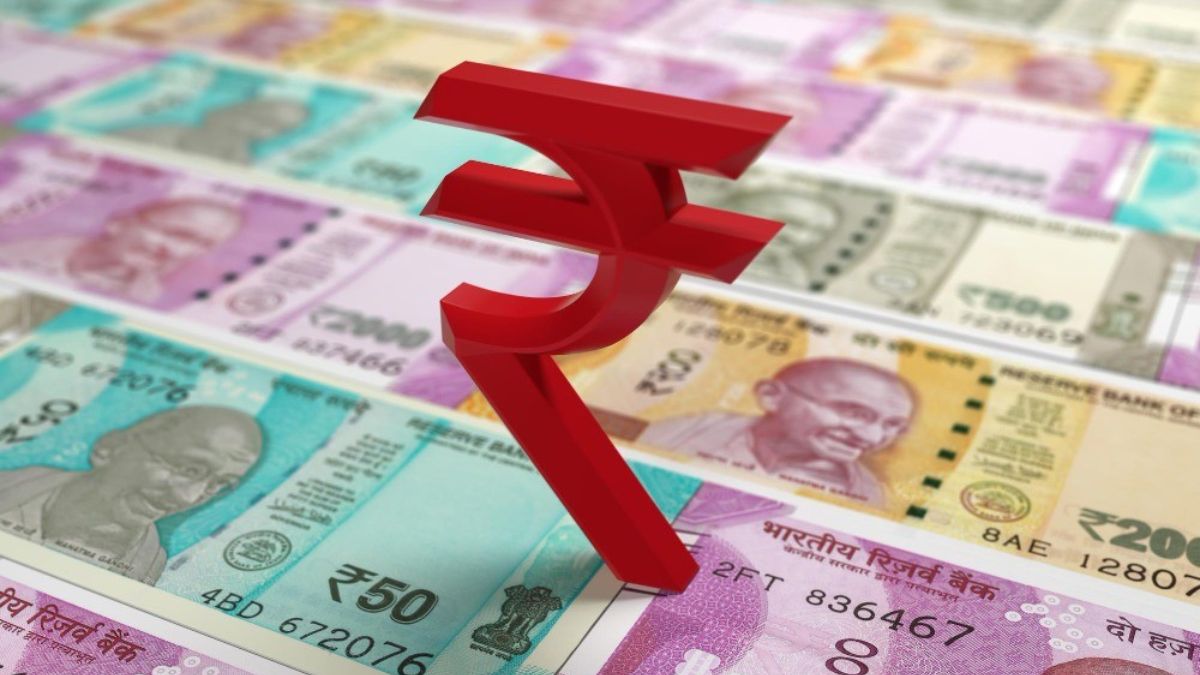Intelligence is not monolithic; it is complex and multifaceted. Beyond the IQ scores, intelligence is fluid and crystallised. Your speed of processing stimuli, recalling things, and abstract reasoning make up fluid intelligence, while your skills, such as numeracy, literacy, and knowledge about specific topics, make up crystallised intelligence.
But why are we talking about intelligence in this quiz? Well, financial literacy enjoys a positive association with intelligence. And which in turn can decide a lot how well you understand money and use your knowledge to build wealth. So though intelligence alone is not sufficient to get rich. But it does help (it surely helped the billionaires!). With this in mind, we have created a quiz to test your money IQ.
In this Money IQ quiz, we have 10 questions on Indian currency (sign: ₹; code: INR). How well do you know interesting trivia facts about the Indian rupee? These questions are designed to assess your knowledge of Indian currency’s history, security features, demonetisation, and a lot more. Are you excited? Let’s see if you can score 10/10 on this money quiz.
Did you know? The exchange rate of a currency is determined primarily by the supply and demand in global markets. In 1947, the Indian rupee was equal to the dollar. (1 rupee = $1).
Money IQ: How Well Do You Know the Indian Rupee? Score 10/10 To Claim Your Place Among The Top 1% Financially Literate!

Q1. Which is the highest denomination note ever printed in India?
A. Rs. 1,000
B. Rs. 5,000
C. Rs. 2,000
D. Rs. 10,000
Answer: D. Rs. 10,000
Explanation: Rs. 10,000 was the highest denomination note printed in India. It was issued in 1938 and reintroduced in 1954, but was demonetised in 1978.
Q2. What is currency paper made up of?
A. Linen
B. Comber Noil
C. Cotton
D. Polymer
Answer: C. Cotton
Explanation: The paper currently used for printing of banknotes in India is made using 100% cotton.
Q3. How many languages appear in the language panel of Indian banknotes?
A. 12
B. 15
C. 7
D. 9
Answer: B. 15
Explanation: The banknotes in India have 15 languages on the panel, which appear on the reverse.
Q4. Which ruler among the following introduced the precursor to the modern Indian rupee?
A. Shershah Suri
B. Auragzeb
C. Jahangir
D. Muhamaad Shah
Answer: A. Shershah Suri
Explanation: It was during the 16th century that the founder of the Sur Empire, Shershah Suri, introduced the Indian rupee’s precursor. During his five-year rule from 1540 to 1545, Suri introduced a standardised system of coins.
Q5. In which year was the Rs. 2000 note introduced in India?
A. 2000
B. 2016
C. 2012
D. 2011
Answer: B. 2016
Explanation: The Rs. 2000 note was introduced in India on 8 November 2016 by the Reserve Bank of India (RBI) after the demonetisation of Rs. 500 and Rs. 1000 banknotes.
Q6. Whose signature appears on the Indian banknotes (except the 1 rupee note)?
A. Prime Minister of India
B. Finance Minister of India
C. Governor, Reserve Bank of India
D. President of India
Answer: C. Governor, Reserve Bank of India
Explanation: All the banknotes in India bear the signature of the RBI Governor, while the 1 rupee note bears the signature of the Finance Secretary.
Q7. What image is printed on the reverse side of a 20 rupee banknote of the Mahatma Gandhi (new) series?
A. Ellora Caves, Maharashtra
B. Sun Temple, Konark
C. Sanchi Stupa, Madhya Pradesh
D. Rani ki Vav, Gujarat
Answer: A. Ellora Caves, Maharashtra
Explanation: The new 20 rupee banknote features the Ellora Caves as its motif on the reverse side. It was introduced by the RBI in April 2019.
Q8. Which denomination banknote features the Mangalyaan, India’s first Mars Orbiter Mission?
A. Rs. 1,000
B. Rs. 50
C. Rs. 200
D. Rs. 2,000
Answer: D. Rs. 2,000
Explanation: The Rs. 2,000 banknote, as part of the Mahatma Gandhi (new) series released in November 2016, features the Mangalyaan, India’s first Mars Orbiter Mission, on its reverse side.
Q9. In which year was the Mahatma Gandhi series of Indian banknotes launched?
A. 1993
B. 1996
C. 1998
D. 1990
Answer: B. 1996
Explanation: The Mahatma Gandhi series of Indian banknotes was launched in 1996 by the RBI, replacing the former Lion Capital banknotes. The first notes in this series were the Rs. 10 and Rs. 500 denominations. The Mahatma Gandhi series was succeeded by the Mahatma Gandhi (new) series in 2016.
Q10. Which security feature appears on the Rs. 500 and Rs. 1000 banknotes in circulation from the year 2000?
A. Latent image
B. Colour-shifting ink
C. Watermark
D. Security thread
Answer: B. Colour-shifting ink
Explanation: The Rs. 500 and Rs. 1000 banknotes introduced in November 2000 and October 2000, respectively, are printed in optically variable ink, i.e., colour-shifting ink. With this security feature, the colour of the numeral 500/1000 appears green when the note is held flat, but would change to blue when the note is tilted.
How many questions did you get right? SHARE your score in the comments. Challenge your friends and family with this financial quiz.
You may also like...
Union Budget 2025: What Is Halwa Ceremony? Why Is It Important?
Comments
All Comments (0)
Join the conversation